In a world where possessions seem to multiply overnight, the struggle to maintain an organized living space is real. Clutter doesn’t just occupy physical space—it can consume mental energy, increase stress levels, and even impact our ability to focus and relax. While the idea of decluttering might seem overwhelming, implementing effective strategies can transform this daunting task into an achievable and even rewarding experience.
The key lies not in following trendy minimalist philosophies that don’t align with your lifestyle, but in adopting practical, sustainable approaches that address the root causes of clutter and create lasting change. This article explores proven decluttering methods that deliver results, helping you reclaim your space and peace of mind without the frustration of quick fixes that don’t stick.
Start With a Clear Vision and Purpose

Before diving into decluttering, take time to envision how you want your space to look and function. This clarity of purpose becomes your north star during the decision-making process, making it easier to determine what stays and what goes. Consider writing down specific goals for each area of your home—perhaps your kitchen should facilitate efficient meal preparation, or your bedroom should promote restful sleep.
Photograph cluttered spaces before you begin, as these visual references will help you appreciate your progress and stay motivated. Remember that your vision should reflect your authentic lifestyle and values, not an unrealistic ideal from social media that doesn’t align with how you actually live.
Adopt the One In One Out Rule

One of the simplest yet most effective ways to prevent future clutter is implementing the one-in-one-out rule in your home. This principle dictates that for every new item you bring in, an existing item must leave—maintaining equilibrium in your possessions rather than allowing gradual accumulation. Apply this rule consistently across categories like clothing, books, kitchen gadgets, and children’s toys to prevent the slow creep of clutter.
The beauty of this approach lies in how it encourages thoughtful consumption, as each new purchase requires consideration of what you’re willing to part with in exchange. For items you use seasonally, consider a modified approach where you might store winter items when bringing out summer ones, rather than discarding them entirely.
Schedule Regular 15 Minute Decluttering Sessions

The prospect of decluttering an entire home can feel paralyzing, but breaking the process into brief, manageable sessions makes it approachable. Set a timer for just 15 minutes each day and focus on decluttering a single drawer, shelf, or small area without getting sidetracked by larger projects. These short bursts prevent burnout while creating tangible progress that builds momentum over time.
The psychological advantage of this approach is significant—you’ll experience the satisfaction of completion rather than the discouragement of an unfinished project. Over a month of daily mini-sessions, you’ll have invested over seven hours in decluttering without ever feeling overwhelmed by the process.
Categorize Before You Organize
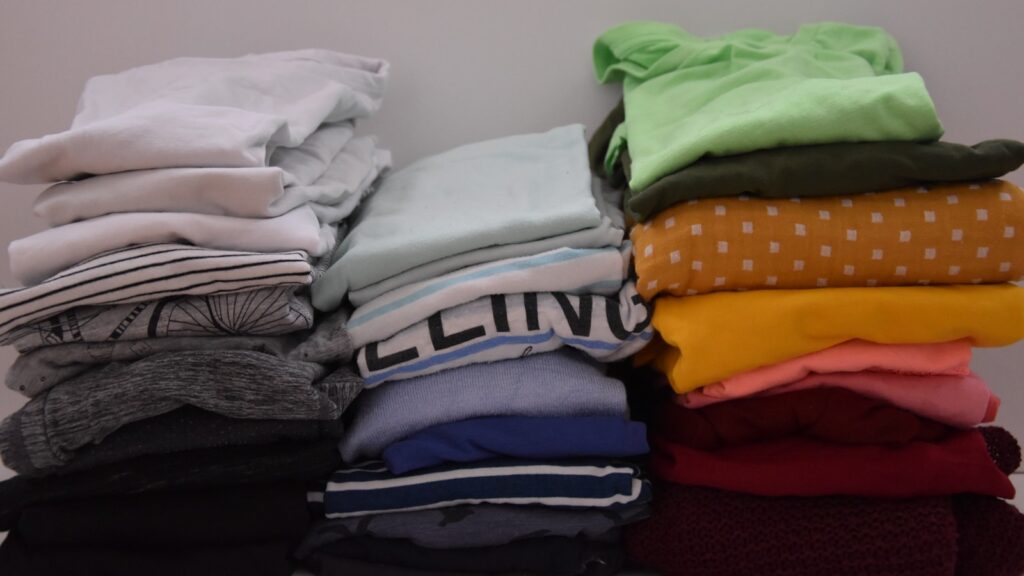
One common decluttering mistake is attempting to organize items before properly categorizing them. Begin by gathering similar items from throughout your home—all books, all writing implements, all electronic cables—so you can see the full inventory before making decisions. This comprehensive view often reveals surprising duplications and clarifies what you truly need versus what’s excessive.
The categorization process might initially create more mess as you pull items from various locations, but this temporary chaos is necessary for making informed decisions. Once you’ve consolidated categories and eliminated redundancies, you can create organizational systems that accurately reflect your actual belongings rather than attempting to accommodate everything you’ve accumulated.
Ask the Right Questions When Deciding What to Keep
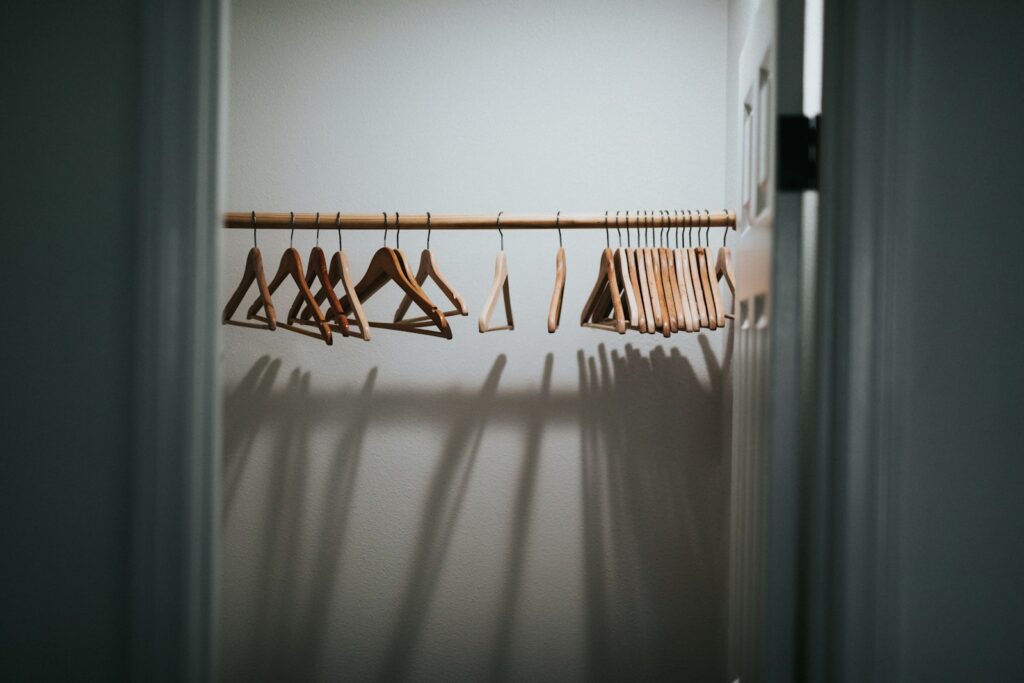
The popular question “Does it spark joy?” works for some, but more practical inquiries often yield better results for everyday decluttering decisions. Ask yourself: “Have I used this in the past year?” “Would I buy this again today?” “Is this serving its intended purpose?” and “Am I keeping this out of obligation or actual value?” These questions cut through emotional attachments and focus on utility and relevance to your current life.
For sentimental items that fail the practical tests but still feel impossible to discard, create a dedicated “emotional value” box with strict space limitations. The constraint of physical boundaries forces prioritization among sentimental objects, ensuring you keep only those with the deepest meaning while letting go of those with weaker emotional ties.
Implement the Four Box Method

When tackling a cluttered area, the four-box method provides clear decision pathways that prevent waffling and procrastination. Label four containers: Keep, Donate/Sell, Storage, and Trash/Recycle, then handle each item once and immediately place it in the appropriate box. The power of this system lies in its elimination of the ambiguous “maybe” pile that often becomes a decluttering roadblock.
Set specific criteria for the “storage” box—these should be seasonal items or those with legitimate occasional use, not things you’re keeping “just in case.” After completing an area, immediately process the boxes: put “keep” items in their proper homes, schedule donation pickups, place storage items in clearly labeled containers, and dispose of trash promptly to prevent second-guessing.
Address the Digital Clutter Too

Physical spaces aren’t the only areas that benefit from decluttering—digital environments significantly impact our mental clarity and productivity. Set aside time to organize computer files, delete unnecessary emails, unsubscribe from newsletters you never read, and clean up your smartphone apps and photos. Digital decluttering follows many of the same principles as physical decluttering: categorize similar items, establish clear organization systems, and be ruthless about eliminating what doesn’t serve you.
The benefits extend beyond the digital realm, as reducing notification overload and information excess creates mental space that enhances focus in all areas of life. Consider implementing a regular digital maintenance schedule—perhaps the last Sunday of each month—to prevent digital detritus from accumulating again.
Create Designated Homes for Everything

The foundation of lasting organization is ensuring every item has a specific, logical home where it belongs when not in use. Items without designated spaces inevitably contribute to clutter as they drift from surface to surface without clear purpose. When determining an item’s home, consider frequency of use (frequently used items should be easily accessible) and context (store items near where they’re typically used).
Label storage areas clearly, especially for shared spaces where family members need to know where things belong. Perhaps most importantly, commit to the daily habit of returning items to their homes after use—this simple practice prevents the gradual accumulation of clutter that necessitates major decluttering sessions in the first place.
Implement the One Touch Rule
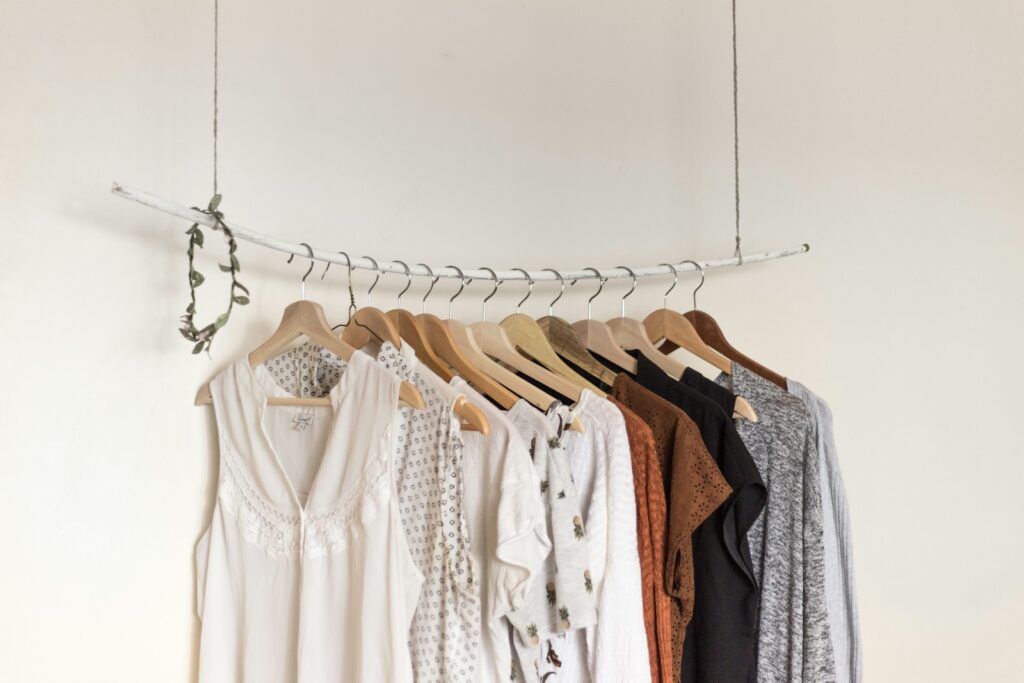
The “one touch” rule is a powerful habit that prevents the accumulation of daily clutter by handling items completely the first time you encounter them. When you pick up the mail, immediately sort, recycle junk, and file or act on important documents rather than creating a “deal with later” pile. When you remove clothing, either hang it up, put it in the laundry, or return it to drawers rather than draping it over furniture.
This principle works by eliminating the mental and physical energy wasted by repeatedly handling the same items without resolution. While it requires initial discipline to implement, the one-touch rule quickly becomes second nature and dramatically reduces the daily buildup of random items on surfaces throughout your home. For items that truly can’t be handled immediately, create a single processing station rather than multiple clutter piles.
Stop Clutter at the Entry Points
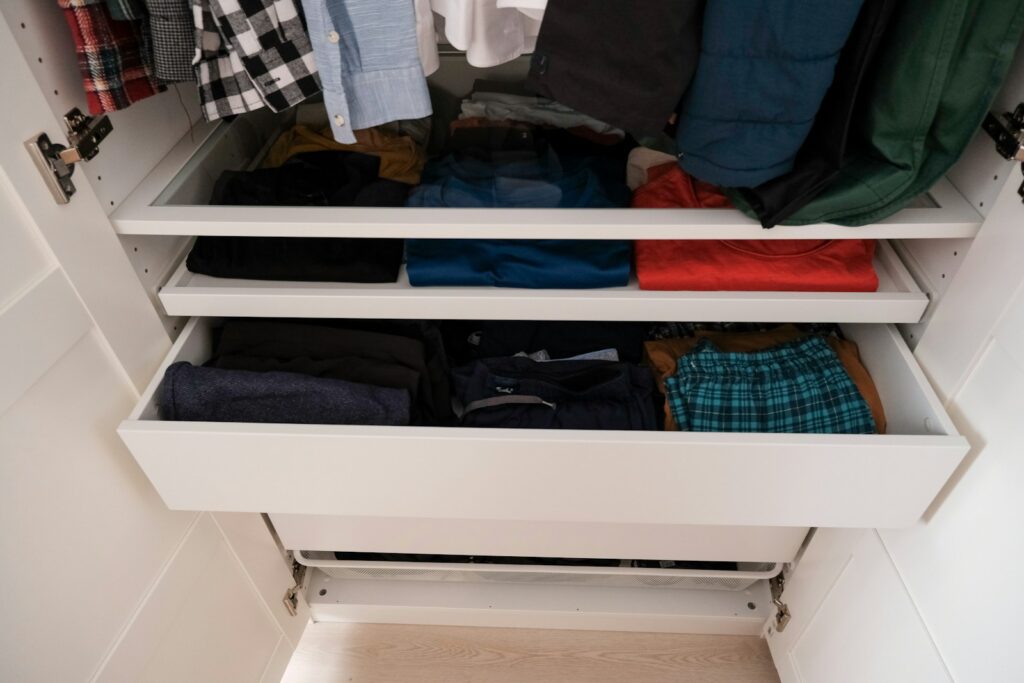
Much of household clutter arrives through specific entry channels that can be monitored and managed with intentional systems. Create a processing station near your main entrance with designated spots for mail, keys, bags, shoes, and other items that typically get dropped upon arrival. Implement a policy of evaluating potential purchases before they enter your home, asking whether new items serve a specific purpose or merely duplicate what you already own.
Be particularly vigilant about free items and impulse purchases, which often contribute to clutter without adding real value. Consider establishing a “quarantine period” for non-essential purchases—leave new items in your car or a designated holding area for 48 hours before deciding whether to officially incorporate them into your home.
Use the Container Method to Set Boundaries
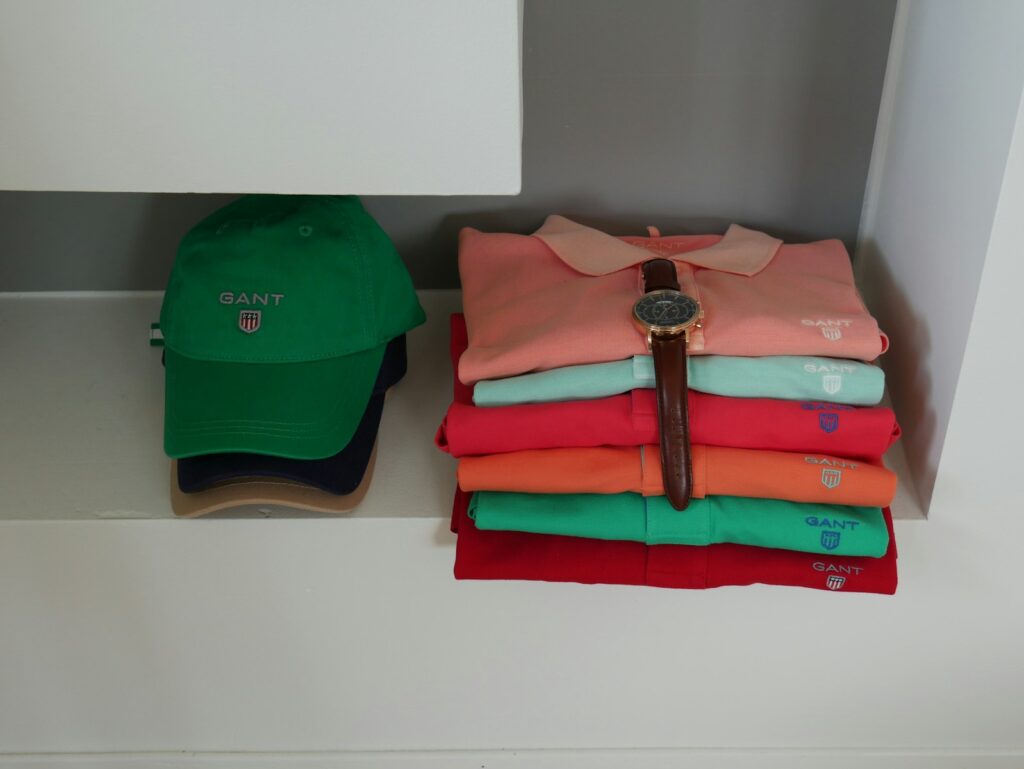
The container method establishes physical limits on categories of possessions, preventing unlimited accumulation in any area. Select appropriately sized containers for different types of items—art supplies, holiday decorations, office supplies—and commit to keeping only what fits comfortably in the designated container. When the container becomes full, follow the one-in-one-out rule before adding anything new to that category.
This approach is particularly effective for collections and hobby supplies that tend to expand without clear boundaries. The container doesn’t just organize your belongings; it creates a visual accountability system that makes excessive accumulation immediately apparent. Choose containers that complement your décor and functionality needs, making organization aesthetically pleasing as well as practical.
Schedule Seasonal Decluttering Sessions

While daily maintenance prevents major clutter buildup, dedicated seasonal decluttering sessions address changing needs throughout the year. Schedule quarterly reviews that coincide with seasonal transitions—perfect times to evaluate clothing, recreational equipment, and home décor for relevance and condition. These seasonal sessions provide opportunities to rotate stored items, ensuring that what you’re keeping in valuable storage space truly deserves to remain in your home. Document your seasonal decluttering with before-and-after photos to track your progress and maintain motivation for continued organization. Create a consistent checklist for these sessions to ensure comprehensive coverage of all areas, preventing any space from becoming a forgotten repository for accumulated clutter.
Develop Systems Not Just Solutions
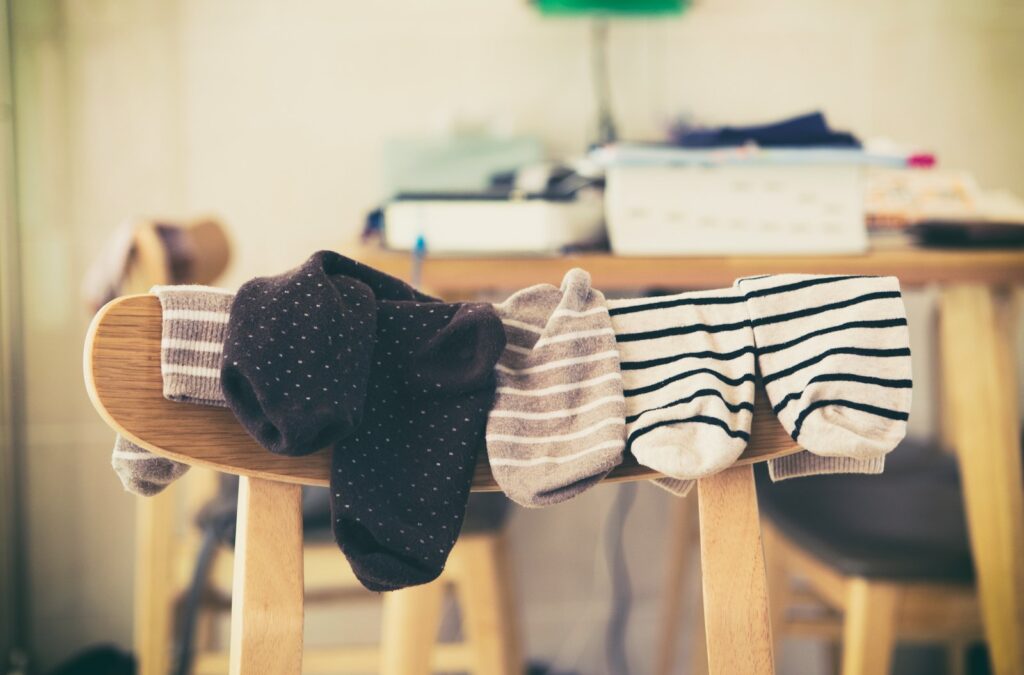
Lasting organization goes beyond one-time cleanups—it’s about building systems that make clutter less likely to return. True decluttering involves changing how things flow in your home, such as managing paper with a scan-and-file system or streamlining laundry with clear steps from hamper to storage. These systems should be easy to follow and intuitive enough to become habits. Organization isn’t about achieving a magazine-perfect space; it’s about creating a home that fits your lifestyle and supports your priorities.
Tailor your approach to your needs instead of following generic advice, and regularly refine your methods as life changes. When systems work with your daily routines, they help maintain order naturally and reduce stress. A well-organized home isn’t flawless—it’s functional. By focusing on consistency over perfection, you’ll experience long-term benefits, from easier mornings to more relaxing evenings, all within a space that feels calm, efficient, and entirely yours.

